Learning how to say thank you in Swedish is very important as Swedes are known for their politeness. Knowing how to say thank you and to reply properly can absolutely leave a good impression on your Swedish friends or just any random Swede you meet. As Swedish is often ranked as one of the easiest languages to learn for English speakers, let’s take a look at how to say thank you in Swedish and how you can reply like a true Swede!
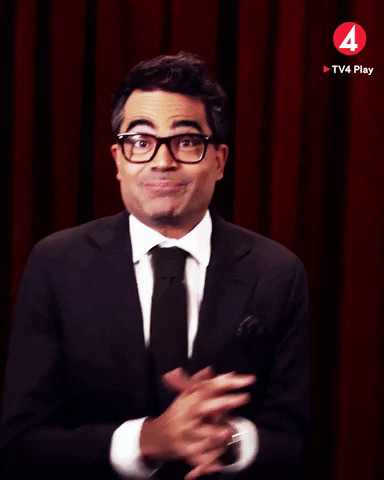
Table of Contents
ToggleSwedish Thank You is All About “Tack”
Tack – Thank you
Tack is the most common one to say thank you in Swedish. As my Swedish tutor once told me, Swedish people say this anytime and anywhere. It is pronounced like “tuck” in English. This is the simplest way to say thank you in Swedish. It can be used on all occasions and situations.
-Jag köpte vin från systembolaget. (I bought some wine from the store.)
-Tack! (Thank you!)
Tack, tack – Thanks for your thanks!
This may sound a bit odd, but why repeat a thank you? But Swedes will always say another “tack” after your “tack.” I have asked a Swede once why they do this, and the answer I got is that you can never get tired of hearing “thank you”, right?
-Tack för att du körde mig hem. (Thanks for giving me a lift home.)
-Tack, tack. (Don’t mention it.)
Tackar tackar – Thanks!
This sounds a bit cute. Tackar tackar is mostly used among friends and family members. This is a rather informal way to say thank you, but hey, you can absolutely use it with your Swedish friends.
-Fisken på middagen smakade mycket gott. Bra jobbat! (The fish for the dinner tasted really delicious! Good job!)
-Tackar tackar. (Thanks!)
Tack ska du ha – Thanks shall you have
This literal translation is “Thank you is what you are going to have”. This sounds a bit indirect, but it is used widely among Swedish people.
-Jag hittade din plånbok på golvet. (I found your wallet on the floor.)
-Oj! Tack ska du ha. (Oh! Thank you!)
Tusen tack – A thousand thanks
This means “A thousand thanks” in Swedish. Tusen is thousand in Swedish. Compared to other phrases, this one is less common in Sweden. However, Norwegians use this a lot when it comes to saying thank you.
-Jag har en underbar dag här i Oslo. Tusen tack! (I have a wonderful day here in Oslo! Thank you so much!)
Tack så mycket – Thank you so much
This is also a very common way to say “Thank you so much” or “Thanks a lot” in Swedish. Mycket means “much” in English. This, of course, means more than a single “tack” when it comes to showing your gratitude.
-Tack så mycket för att du kom hit. (Thanks so much for coming here.)
Tack för maten – Thanks for the food
This translates to “Thanks for the food.” in Swedish. If you are invited to dine with a typical Swedish family, this is your go-to phrase. After dinner, you can say these phrases by earning a round of respect from your host and all family members. You can replace “maten” with other objects you’d like to thank.
-Tack för maten. Jag har en underbar kväll. (Thanks for the dinner. I have a wonderful evening.)
Stort tack – Big thanks
Stort means “big” in English. You can use this when you want to thank someone who has been very helpful to you.
-Jag sparade en kanelbulle åt dig. (I saved you a cinnamon bun.)
-Stort tack! (Thank you so much!)
Tack själv – Thank you
Själv means “self” in English. Thanks yourself is what a Swede would say. Just another way to reply others’ thank you. Similar phrase can be found in Danish as they might say “Selv tak.”
-Tack för att du följde med mig på festen. (Thanks for coming to this party with me.)
-Tack själv! (Thank YOU!)
Magical Response to Tack: You’re welcome in Swedish
Varsågod – You’re welcome
The only phrase you have to remember when you hear someone say “tack” is this: Varsågod, this is the You’re welcome in Swedish. It can be the universal solution when you don’t know what to say in a conversation. It can also mean “Here you are.” when you are passing something to another person.
-Tack för att du gillar mitt Facebook post. (Thanks for liking my Facebook post.)
-Varsågod. (You’re welcome.)
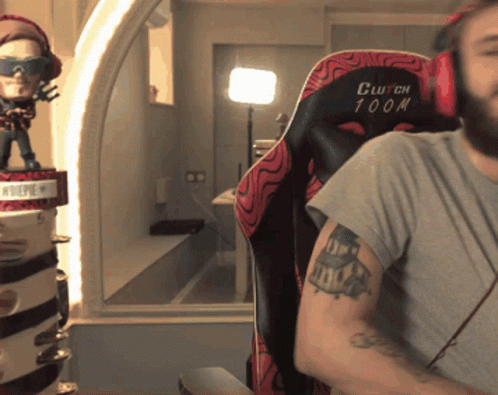
Inga problem – No problem
Inga is translated into “no”, which means “no problem” in Swedish. This phrase is very commonly used by Swedes.
-Tack så mycket för hjälpen! (Thanks so much for the help.)
-Inga problem. (No problem.)
Det är lugnt – It’s nothing
Lungt means calmly. When you try to calm somebody down, you can say “Ta get lungt”. So, when replying to thank you, this can mean “It’s nothing”, “Don’t worry about it.” This may sound slightly informal. It is best to use it among friends only.
-Tack så mycket för att du tar hand om min katt. (Thank yo so much for taking care of my cat.)
-Det är lugnt. (It’s nothing.)
Ingen fara – No danger
Fara can mean danger. This is also a way to reply to thank you, as in saying “ No worries”, “Don’t mention it.” Or you can use this when you are forgiving someone for doing something unpleasant.
-Tack för att du hjälpte mig att flytta. (Thank you for helping me move.)
-Ingen fara. (No problem.)
Ingen orsak – No cause
Orsak can mean reason or cause. This is the same meaning as “Ingen fare” and “Inga problem.”
-Tack för att du diskade. (Thank you for doing the dishes.)
-Ingen orsak. (No worries.)
Inte alls – Not at all
Inte alls means not at all in Swedish. It is also another way to say “No worries” in Swedish.
-Tack för att du lånade din bil till mig. (Thank you for lending me your car.)
-Inte alls. (Not at all.)
Gärna – Gladly, My pleasure
Gärna means gladly, or yes please in many scenarios. For instance, when someone offers you something to eat or drink, you can then use this phrase, or as a way to show you that you don’t mind doing some extra work for somebody else.
-Vill du ha en kanelbulle? (Would you like a cinnamon bun?)
-Ja, gärna. (Yes, please.)
Ingenting att tacka för! – Nothing to thank for!
Ingenting means nothing. Tack is the verb form to say thank you. This can be translated into “There is nothing to thank for!”
-Ingenting att tacka för! Det är mitt jobb. (It’s nothing! It’s my job.)
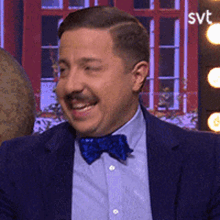
Not Just Thank you in Swedish – Say Please in Swedish
Tack – Please
Other than thank you, Tack can also mean “please” when you are asking a favor. Actually, you can add tack at the end of any sentence to sound politer.
-Jag vill ha en kopp te, tack. (I want to have a cup of tea, please.)
Snälla – Please
Snälla is used when you’re asking someone to do a job or begging someone.
-Köp mig en ny bil, snälla! (Buy me a new car, please.)
Var snäll och… – Please
Similar to the last one, you can put an action behind the “och” to request somebody to do something. This may sound like a demand.
-Var snäll och sluta röka här. (Do not smoke here, please.)
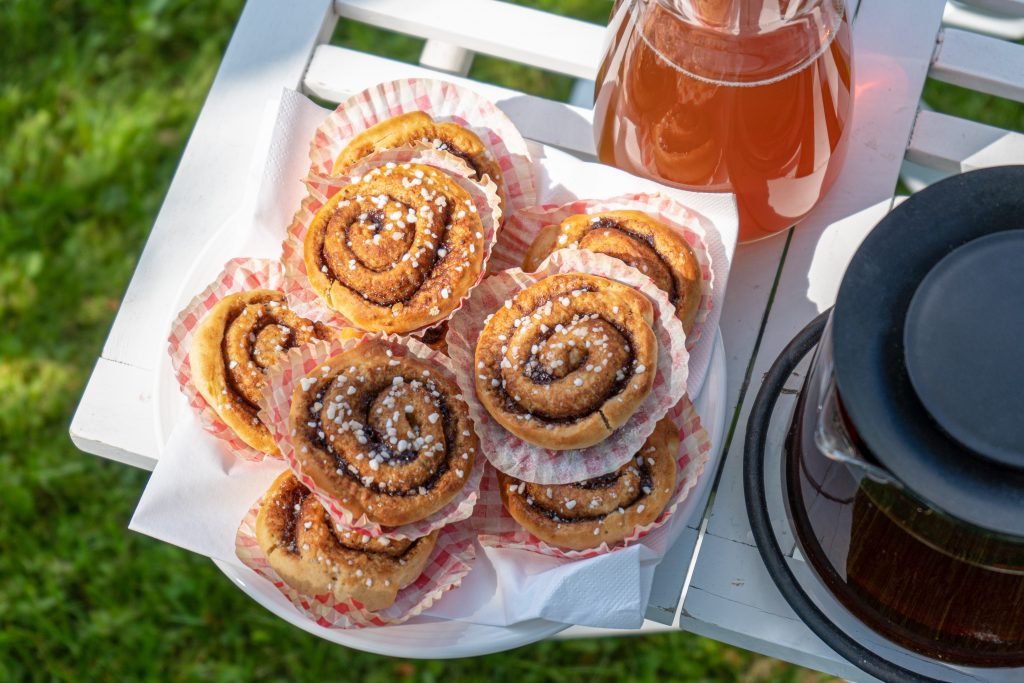
Swedes Say “Thank You” All the Time
How do you use Tack in Swedish?
If you ever find yourself wandering around Stockholm and anywhere in Sweden, you can definitely notice how shy and polite Swedish people are. You can often hear “Thank you” in Sweden. Perhaps it is the weather that makes them not talk so much, but when it comes to saying thank you, it would be a different story. Every time you want to express your gratitude in Swedish, you have to use Tack. “Tack för” then add a noun, meaning Thanks for something, like Tack för maten, Thanks for the food. “Tack för att…” can add a sentence behind to bring up the subject, like Tack för att ni kom, Thank you all for coming here. I remembered my first time shopping at a supermarket in Sweden and the clerk replied to my “tack” with a “tack”. Just like that.
Saying Thank you in Swedish is Never Enough
“Thank you” is never enough in Sweden. There is nothing better than a simple “tack” to get to know a Swede as they are all very polite and friendly. This became an important image of Swedish culture and Sweden. This little “tack” has also made me start learning Swedish in the first place. There are many good ways to learn a language, as for the Swedish case, I’ll say that learning how to say “tack” can promise you to have a very good start indeed, and make you behave like a true Swede.
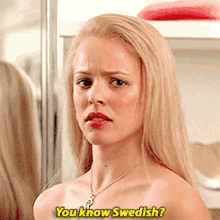
Tack is the most common way to say thank you in Swedish. A simple Tack will do. You can also say: Tack, tack when you want to reply to a thank you from someone else. It means “Thanks for your thanks.”
As Tack is the easiest way to say thank you in Swedish, there are many phrases using Tack to express gratitude, like “Stort tack” (Big thanks) or Tack så mycket, meaning Thank you so much, or Tusen tack, a thousand thanks.
Varsågod is the most common to mean You’re welcome in Swedish. You can also say “Ingen problem” to mean No problem, or Inte alls, to say Not at all.
Start Learning Svenska (Swedish) Now!
Even though Swedish is an unpopular language to learn, there are still many online learning recourses for Swedish. It is often classified as one of the easiest languages to learn, like its Nordic brothers, Norwegian. There are also many good language-learning apps available on our phones, making it easier to speak Swedish. However, there is nothing better to have a real person helping you learn a language. AmazingTalker has a wide variety of tutors that can take your language skill to the next level, including Swedish! You can customize the lessons for your progress, needs, and schedules. Now you already know how to say thank you in Swedish, why not go explore more about Sweden? Or you might be interested in learning how to say thank you in other languages around the world, like Korean, Turkish, and Swahili! All of this and more, only at AmazingTalker.
















